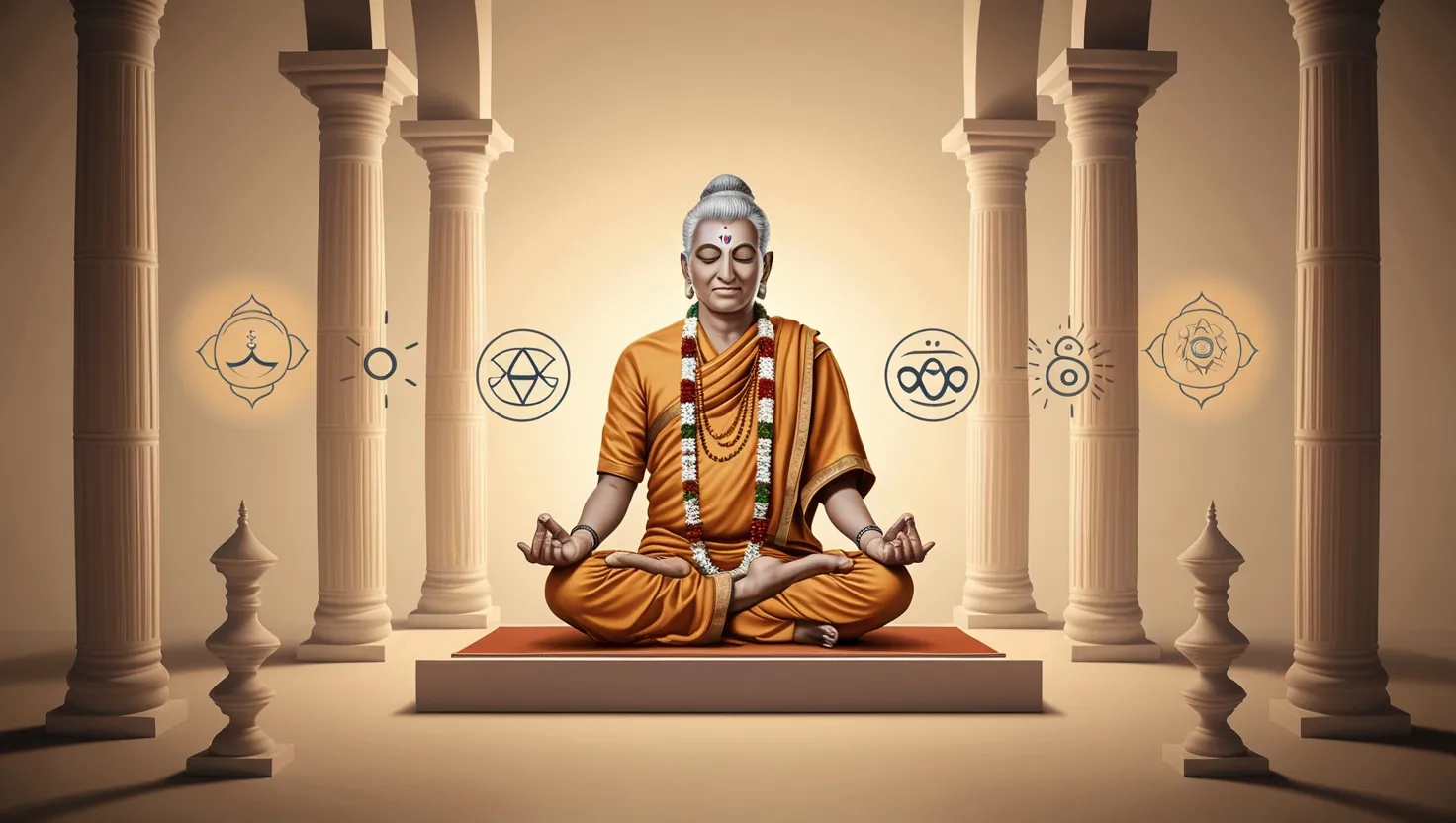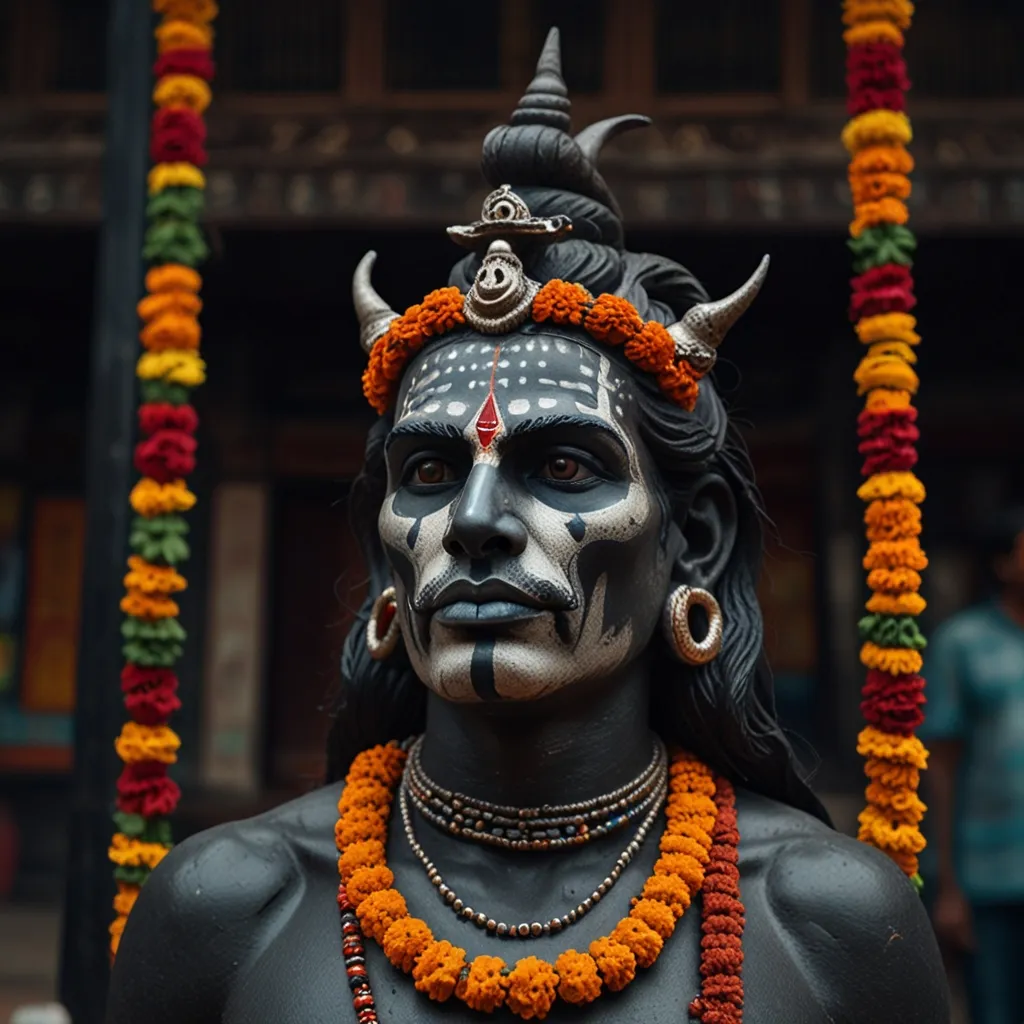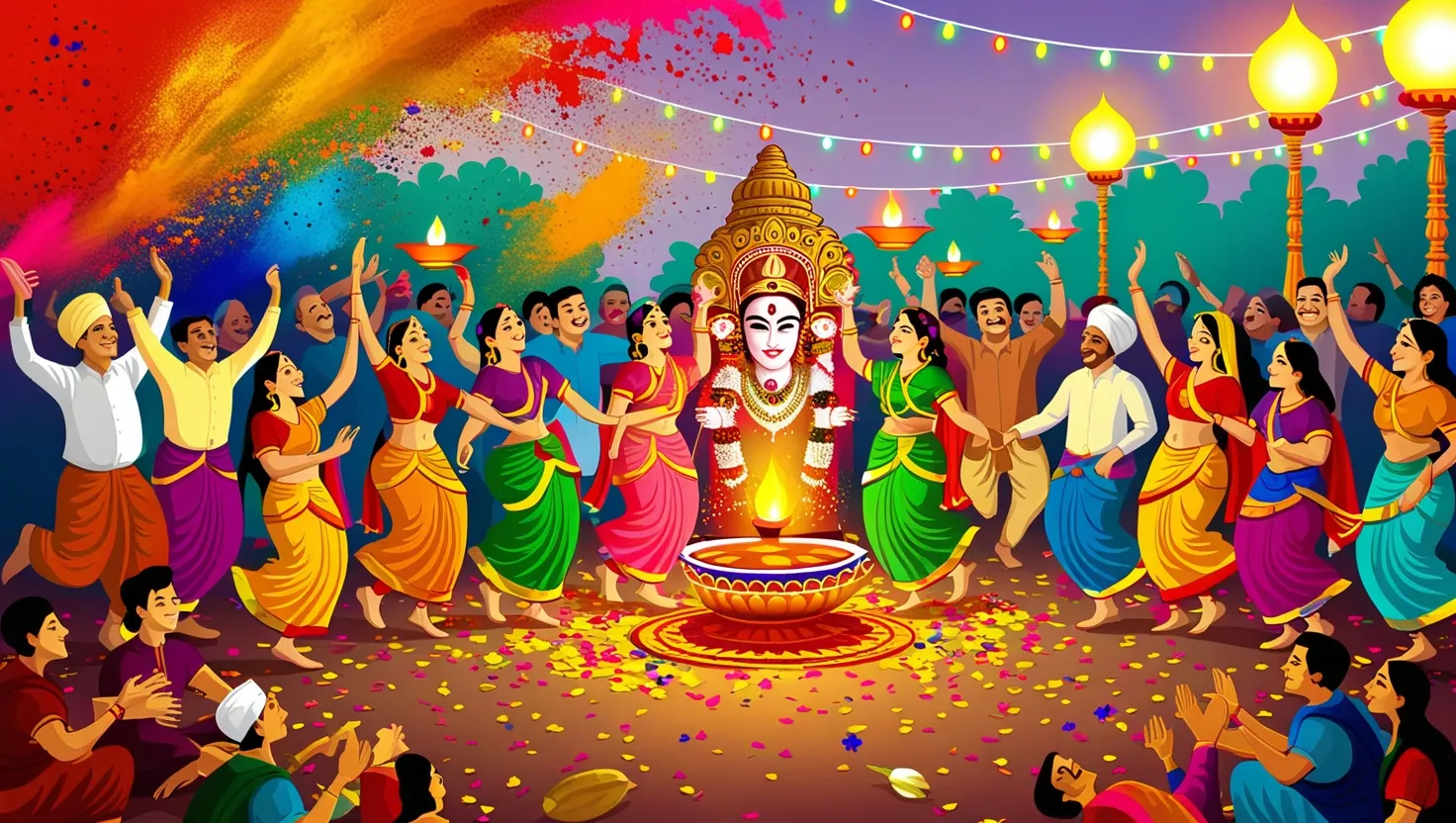As we delve into the rich and intricate world of the Shiva Purana, we find ourselves confronted with a multitude of teachings that are both profound and transformative. This ancient text, a cornerstone of Hindu scripture, offers more than just stories; it provides a roadmap for spiritual growth, self-realization, and a deeper understanding of the universe and our place within it.
The Power of Self-Control
One of the most compelling teachings of the Shiva Purana is the importance of self-control. Lord Shiva, often depicted as the ascetic yogi, embodies the principle that true strength lies not in external power, but in the ability to master one’s own senses and mind. This is a lesson that resonates deeply in today’s world, where the constant bombardment of desires and distractions can easily derail our focus.
“Self-control is the chief trait of the man of wisdom.” These words, though not directly from the Shiva Purana, encapsulate the essence of Shiva’s teachings on self-discipline. By controlling our desires and emotions, we open ourselves to a higher state of consciousness, one that is unshackled by the whims of the material world.
Transcendence of Duality
The concept of Ardhanarishvara, or the half-male, half-female form of Shiva, is a powerful symbol of the unity of masculine and feminine energies. This image teaches us that balance and integration are crucial for spiritual growth. In a world where duality often dominates our perceptions, the Shiva Purana reminds us that true harmony can only be achieved by embracing both aspects of our nature.
As the great spiritual teacher, Ramana Maharshi, once said, “The world is illusory; Brahman alone is real; Brahman is the world.” This statement reflects the Purana’s theme of unity, where the distinctions between male and female, or any other duality, dissolve into a singular, unified reality.
The Destructive-Creative Cycle
Shiva’s role as the destroyer is often misunderstood as merely destructive. However, the Shiva Purana reveals that destruction is an essential part of the cycle of life, paving the way for renewal and growth. This teaching encourages us to accept change with equanimity, understanding that every end marks a new beginning.
Consider the story of Shiva’s cosmic dance, the Tandava, which symbolizes the eternal rhythm of creation, preservation, and destruction. This dance is not just a mythological narrative but a metaphor for the cyclical nature of life. It teaches us to find peace in the midst of chaos and to see the potential for growth in every challenging situation.
The Significance of Devotion
The Shiva Purana places great emphasis on bhakti, or devotion, as a powerful path to spiritual realization. Through the stories of various devotees, the text illustrates how sincere devotion can overcome even the most insurmountable obstacles and lead to divine grace.
The story of Ravana, the king of Lanka, who despite his flaws and mistakes, achieved great spiritual heights through his unwavering devotion to Shiva, is a testament to this teaching. Ravana’s example shows that devotion is not just a feeling but a practice that can transform our lives and bring us closer to the divine.
The Illusion of Separateness
One of the most profound teachings of the Shiva Purana is the revelation of the underlying unity of all existence. Through various myths and narratives, the text reveals that the distinctions we perceive between ourselves and the world around us are mere illusions.
As Adi Shankara, one of the greatest exponents of Advaita Vedanta, said, “The world is a mere shadow of the Brahman.” This statement encapsulates the Purana’s teaching that realizing this oneness is key to spiritual enlightenment. By seeing beyond the veil of separateness, we can experience the true nature of reality and find our place within the grand tapestry of existence.
Reflections and Questions
As we reflect on these teachings, we are compelled to ask ourselves: How can we apply the principle of self-control in our daily lives? How can we balance the masculine and feminine energies within us? How do we accept and find peace in the midst of change and destruction? What role does devotion play in our spiritual journey? And how can we transcend the illusion of separateness to realize our true nature?
These questions are not meant to be answered lightly but to be pondered deeply, for it is in the contemplation of these teachings that we find true transformation.
The Transformative Journey
Engaging with the Shiva Purana is an invitation to embark on a transformative journey. It encourages us to reflect on the impermanence of life and the necessity of accepting change. The stories and symbolism guide us in finding equilibrium between our responsibilities and our spiritual pursuits. The rituals associated with the Purana aid in purifying our intentions and directing our energies towards higher states of consciousness.
As we delve into the depths of the Shiva Purana, we uncover jewels of knowledge that have the power to inspire, transform, and illuminate our lives. It is a journey that requires patience, dedication, and an open heart, but one that promises profound rewards.
In the words of the great poet and mystic, Kabir, “The river that flows in you also flows in me.” This simple yet profound statement reflects the unity that the Shiva Purana teaches us to seek. As we journey through the teachings of this ancient text, we find ourselves drawn closer to this unity, and in doing so, we discover a deeper, more meaningful life.






